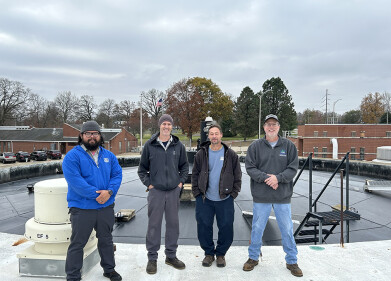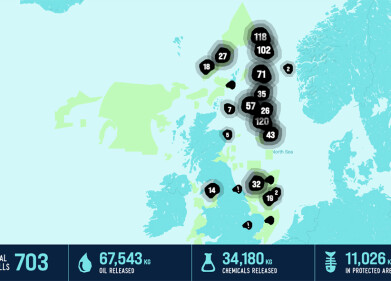Water/Wastewater
Proposed Changes to ORSANCO’s Pollution Control Standards Could Allow More Mercury Pollution in the Ohio River
Jul 30 2010
Proposed changes to current pollution control standards for the Ohio River could equal greater amounts of mercury entering a river that already receives more toxic pollution than any other in the nation. The Ohio River Valley Water Sanitation Commission (ORSANCO), a multi-state compact that recommends standards for the river’s water quality, has initiated an Accelerated Review of Pollution Control Standards to address emerging issues for the river. One of the proposed changes would give polluters the right to dump increasing amounts of mercury and other toxins into the river using methods that are being phased out in the Great Lakes and across the country due to health concerns.
Specifically, polluters would be allowed to apply for a waiver of the October 2013 moratorium on mixing zones for Bio-accumulative Chemicals of Concern (BCCs). A mixing zone is an area where toxic pollution is allowed to be dumped in quantities greater than health standards and diluted to meet the legal limits for water quality. BCCs, like mercury, are toxins that build up in big fish as they eat many smaller fish. Most mercury pollution in Kentucky comes from coal fired power plants.
People are exposed to mercury through air emissions and by eating fish and seafood containing mercury from polluted waters. Over time, this exposure causes mercury to build up in the body causing damage and poisoning. Mercury affects the human brain, spinal cord, kidneys, liver, immune system, and pituitary gland and is associated with elevated risks for autism, mental impairment, and Alzheimer’s disease. At greatest risk are pregnant women, women of childbearing age, and children who eat fish. Exposure to mercury causes brain and nervous system damage in unborn babies, infants, and children - impairing cognitive thinking, memory, attention, language, motor and visual skill development. A recent UCLA analysis of Center for Disease Control data found inorganic mercury in the blood samples of 30% of childbearing age women. Tests conducted by ORSANCO reveal over 800 miles of the Ohio River is currently polluted for mercury and a recent survey claimed over 13 million pounds of Ohio River fish are consumed every year by the public.
“ORSANCO’s own data shows the Ohio is at a tipping point for mercury. At the same time, millions of people are using the river for recreation and eating fish from the river every year,” said Jason Flickner, Kentucky Waterways Alliance water resources program director. “Why don’t Ohio Valley residents deserve the same protections from a destructive toxic chemical as the rest of the country? The Ohio should not be allowed to be degraded at the expense of our children’s health and future generations. ORSANCO should seriously rethink the message this proposed change sends to the public and make the decision to protect public health.”
The proposed revision to the variance for mixing zone requirements has been pushed by the coal power industry. Clean Air Act requirements have forced coal power plants to install scrubbers in smokestacks to remove sulfur dioxide. These scrubbers also remove many of the other toxins from burning coal, including mercury; and are washed off to maintain efficient operation. The toxic scrubber wash water is collected and stored in onsite impoundments and mixed with wastewater from the plant before being dumped in the Ohio River. The coal power industry claims that economically feasible technology to treat the scrubber wash water for mercury is not available, and the variance revision is necessary to comply with ORSANCO’s Pollution Control Standards.
Events
Mar 18 2025 Expo Santa Fe, Mexico
Mar 18 2025 Moscow, Russia
Mar 19 2025 Manila, Philippines
Mar 20 2025 Guangzhou, China
Mar 24 2025 National Harbour, MD, USA














